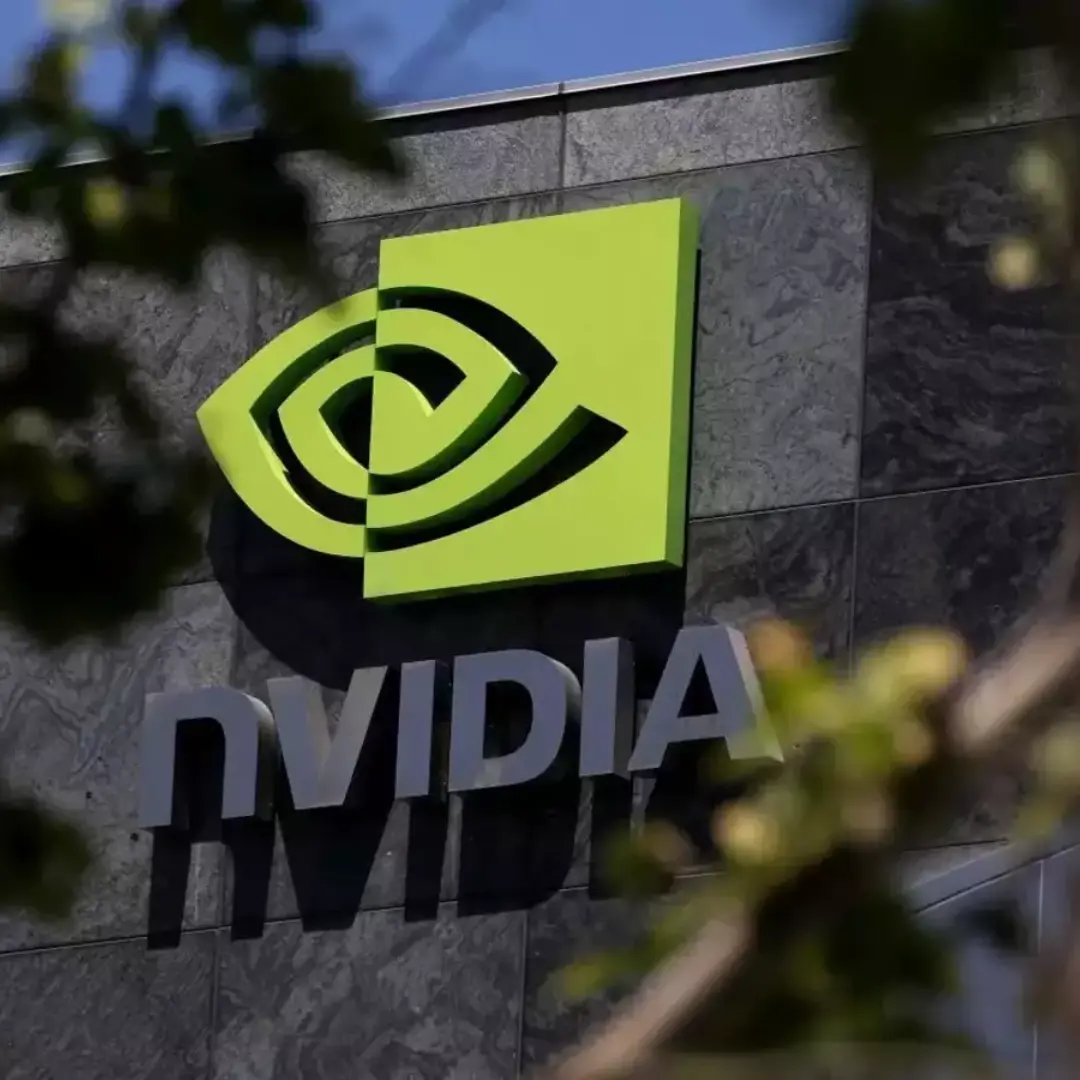Nvidia, a prominent player in the semiconductor industry, experienced a significant decline in its market value, amounting to a staggering $200 billion. This downturn followed a relatively short period during which Nvidia held a prominent position as one of the top-performing stocks in the market.
The decline in Nvidia’s market value can be attributed to several factors. First and foremost, stock market dynamics often involve fluctuations based on investor sentiment, market conditions, and company-specific developments. Nvidia’s steep decline could have been triggered by a variety of reasons, including broader market corrections, changes in investor sentiment towards tech stocks, or specific challenges faced by Nvidia itself.
One potential factor contributing to Nvidia’s decline could be concerns over its revenue growth prospects. Nvidia’s revenue heavily relies on the demand for its graphics processing units (GPUs), which are integral components in various sectors such as gaming, data centers, and artificial intelligence. Any slowdown in these sectors or competition from other semiconductor companies could impact Nvidia’s revenue growth outlook, thus affecting its stock price.
Moreover, the semiconductor industry is known for its cyclical nature. Periods of rapid growth and high valuation can often be followed by corrections or downturns as market conditions adjust. Nvidia’s $200 billion decrease in market value reflects such adjustments, where high expectations might not have been met or sustained.
Additionally, external factors such as global economic conditions, trade tensions, and regulatory changes can also influence semiconductor stocks like Nvidia. For instance, changes in trade policies or geopolitical tensions can disrupt supply chains or impact demand for technology products, thereby affecting Nvidia’s financial performance and stock valuation.
Investor perception and sentiment also play a crucial role in stock market movements. Nvidia’s decline may have been exacerbated by shifts in investor sentiment towards technology stocks or specific concerns about Nvidia’s business strategy, competitive positioning, or management decisions.
It’s important to note that while Nvidia experienced a substantial decrease in market value, the semiconductor industry remains dynamic and resilient. Companies like Nvidia often navigate through cycles of growth and adjustment, leveraging innovation and market opportunities to drive long-term value creation.
In conclusion, Nvidia’s $200 billion market value decline underscores the complexities and volatility inherent in the stock market, particularly in the technology sector. Investors, analysts, and stakeholders closely monitor such developments as they evaluate the broader implications for Nvidia’s business strategy, competitive position, and future performance in the semiconductor industry.









